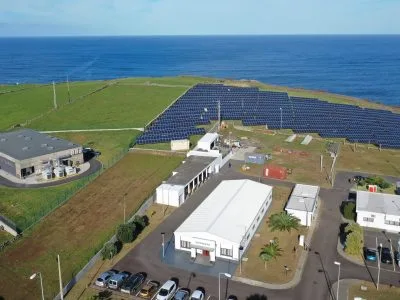Smart Grid Drives Nuclear Energy Independence
Germany introduced a plan in 2011 to phase out nuclear energy gradually, following the Fukushima Daiichi nuclear disaster in Japan. Around eight nuclear reactors were closed immediately, reducing nuclear generation in Germany from 133.01 Terawatt-hours (TWh) in 2010 to 102.31 TWh.
In 2011, the country’s installed capacities for wind and solar technologies were 29,264.8 MW and 24,870 MW respectively, accounting for an impressive cumulative share of 32% of the energy mix. However, the anticipated loss of more nuclear power has prompted Germany to focus on increasing its renewable energy technologies further.
Energy storage facilities are already present in Germany, but more will be required to effectively use the country’s renewable energy. During windy days, surplus energy generated from wind power plants in Northern Germany is currently passed on to neighboring countries, who then experience an increased strain on their grids from the excess power. Various research and demonstration projects on energy storage technologies are already taking place.
Technologies such as fuel cells, Compressed Air Energy Storage (CAES) and Pumped Hydro Storage (PHS) and hydrogen may provide a solution for excess power generated from renewable sources. Storage plays a key role in balancing electricity supply and demand, and it can also help to securing energy contracts, as power can be stored for a future date.
If you want to know more about this and other topics directly from end users of energy storage technologies join us at one of these annual events: The Energy Storage World Forum (Grid Scale Applications), or The Residential Energy Storage Forum, or one of our Training Courses.



